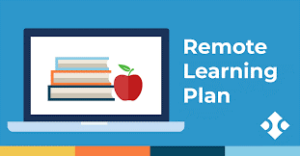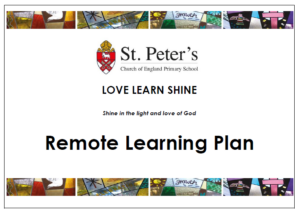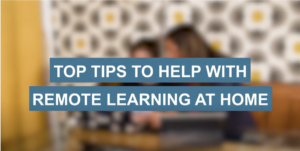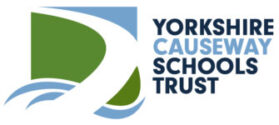
We know that when we work together, high-quality remote learning can help us achieve our vision of Love Learn Shine when all or some children can’t attend school.
We are pleased to publish the following information regarding remote home learning on this page of our website.
What is Remote Education?
Our agreed understanding of remote education is;
Remote education: a broad term encompassing any learning that happens outside of the classroom, with the teacher not present in the same location as the children.
Digital remote education:
Digital remote education often known as online learning, is remote learning delivered through digital technologies such as our Microsoft TEAMS.
St Peter’s Remote Plan and TEAMS Agreement.
We are pleased to publish our Remote Learning plan and also our guidance agreement for the safe use of the online platform Microsoft TEAMS.


St Peter’s CE Remote Learning Plan
TEAMS Use Code of Conduct
Further Information
Principles of Effective Remote Learning
Learning from the first closure period including that of national research has been applied to improve provision.
The following key principles are central.
- We will all work together for the benefit of all children.
- Equity of provision for all children is prioritised. In national lockdown remote home learning will be planned and delivered by class teachers and completed by all children. All children will receive the same level of contact, instruction and teaching from their class teacher.
- The planned knowledge rich curriculum content for the period will continue to be taught.
- The principles of all good teaching will be applied to remote home learning (see below).
The highly respect research group the Education Endowment Foundation (EEF) has found that the effectiveness of remote teaching is determined by many of the same factors as determine the effectiveness of classroom teaching.
These are:
- Ensuring children receive clear explanations.
- Supporting growth in confidence with new material through scaffolded practice.
- Deliberate repeated practice is critical to build fluency.
- Enabling children to receive feedback on how to progress.
These characteristics of good teaching are more important than the medium of delivery. We have considered how to transfer into remote education what we already know about effective teaching in the live classroom.
Remote Education Myths.

Some unhelpful myths exist about remote education. These are not based on evidence.
They include that:
- remote education is different to other forms of learning
- remote education is a different curriculum to the content that would be delivered normally
- the best forms of remote education are digital
- the best way to deliver remote education is always through live lessons
- the most important thing is engagement and keeping children occupied
None of these myths are necessarily true.
We are delighted that all children have resumed in person learning.
We know and value the learning that can take place at home and were keen to find ways to maximise the potential of learning that can take place at home and prepare for scenarios where some or all children might have to learn remotely.
Guidance from DfE makes it clear that schools must plan comprehensively for remote learning to be used in two circumstances;
- School closures as part of a local, regional or national lockdown
- Individual or groups of children in classes having to self-isolate
Our approach to preparing for these two scenarios will also help children;
- Continue their learning at home to revisit gaps in knowledge or learning not yet secure.
In order to ensure that learning is continued, irrespective of lockdown and self-isolation, the school has developed a clear and systematic plan. This plan offers remote learning opportunities whilst also acknowledging that some households have limited access to devices and would require hard-copies of work and resources.
The plan takes into account the balance required of allocating resource to provision for vulnerable children and children of key workers and provision for remote education.
This plan will be applied in the following instances:
- A pupil needs to isolate because someone in their household is symptomatic or tests positive.
- A whole bubble is self-isolating because of an outbreak of coronavirus.
- There is a local or national lockdown.
Supporting Access to Remote Learning

We can help all children to access remote learning in the following ways;
- Work with families individually and sensitively to identify how best we can help
- Provide loan laptop devices
- Provide access to mobile data where needed
- Provide clear information and guides on how to access remote learning
- Provide printed copies of work where needed
- Provide physical resources such as reading books, workbooks, exercise books and stationery
- Act on feedback to keep improving remote learning to be the best it can be for everyone
Remote Learning Top Tips

- Establish a routine that suits your family circumstances allowing time for any home learning set as well as time for other family commitments and activities.
- If possible create a designated space where children can complete their learning. Ideally this will be well lit and well ventilated and have a good sized flat surface space for them to work at comfortably.
- Also remember however there is a huge amount of learning that can happen around the house, and in the garden.
- Set some ground rules in terms of when you will be able help your child and when you expect them to work independently and for how long. This will depend on their age and work being undertaken. Agree these rules and record them. Display them somewhere everyone can see them.

We are pleased to share a link to short video by Dr Elizabeth Kilbey Consultant Clinical Psychologist offering top tips on remote learning.







